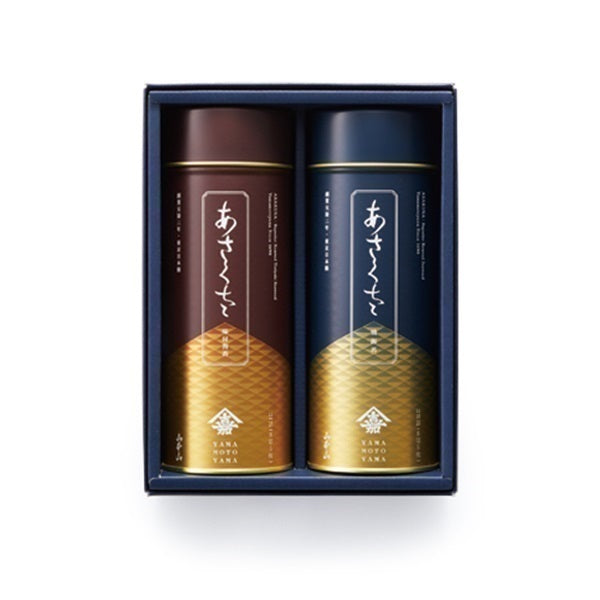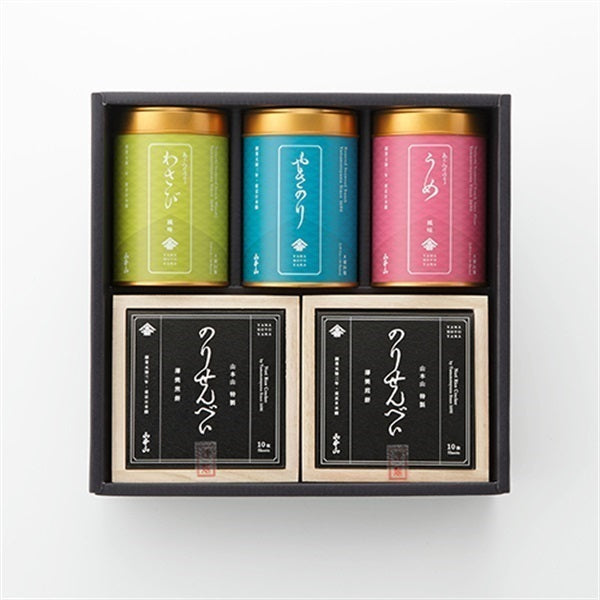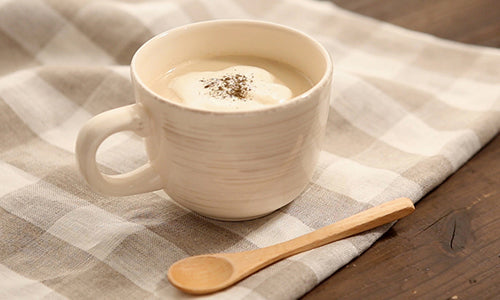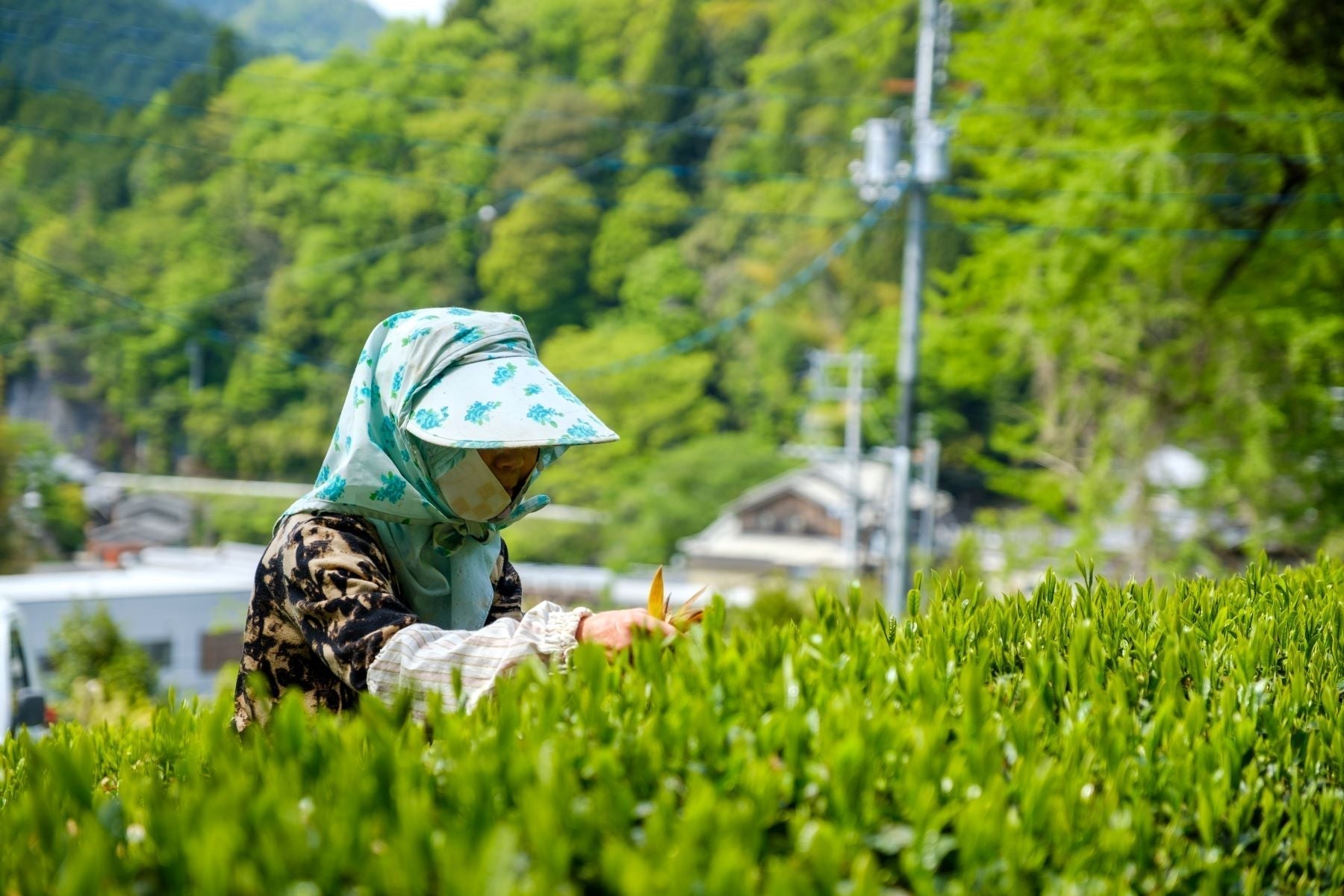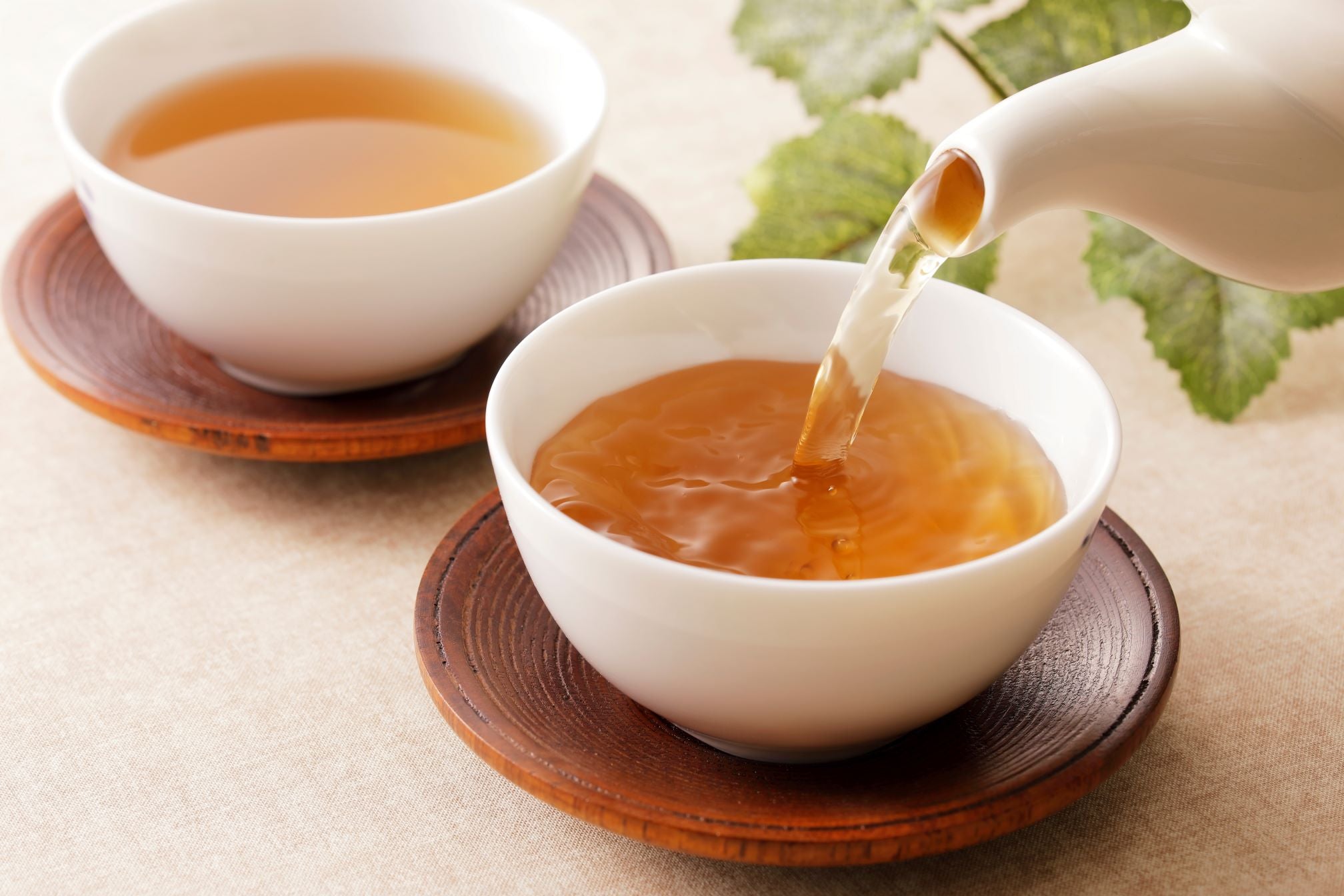
Brown is the origin of tea! The difference between green tea and bancha, and the surprising history of bancha
Introduction
The name "brown" actually comes from the color of tea.
However, the color of tea that we generally imagine is "green," and few people would answer "brown."
So why did "brown" come to be used to describe the color of tea? The answer lies in "bancha," a type of tea that was once mainstream.

Brown was the color of tea. The reason was bancha tea.
In the past, the color dyed with tea leaves was brown.
This can be seen from the fact that tea stains turn brown instead of green, meaning that the original color of tea was brown.
In the past, the color dyed with tea leaves was brown, not the bright green we imagine.
This is due to the method of making bancha tea, in which the picked tea leaves are roasted directly in a pot, rolled on a mat, and dried in the sun.

The tea leaves produced using this method were dark in color, and the brewed tea was not green in color.
The concept of the color "brown" was established first, and then green tea became popular, so the image of "tea being green" became established.

The green colour of tea is due to chlorophyll
The beautiful green color of the green tea we enjoy today comes from the chlorophyll contained in the tea leaves.
Normally, chlorophyll does not dissolve easily in water, but the surfactant action of a component called saponin contained in green tea causes trace amounts of chlorophyll to dissolve in hot water.
In addition, the catechins contained in the tea leaves protect the chlorophyll pigment, helping to maintain the vibrant green color of the tea.
In this way, it can be said that the color of tea has changed over time.

